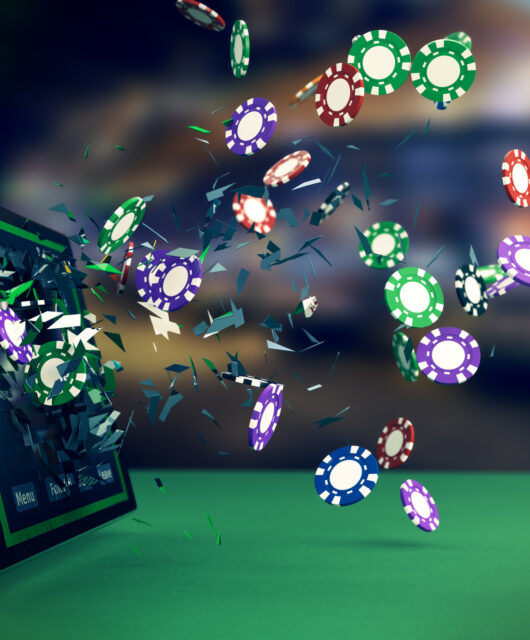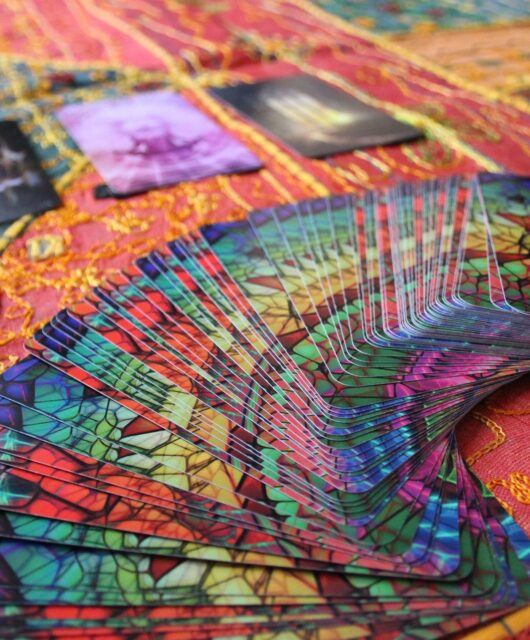What You Need To Know About the “Isekai” Genre That Took the World by Storm
 If you are an avid anime watcher or manga reader, then you may have spotted a trend over the past couple of years: there has been a massive spike in the increase of content under the “isekai” genre. While the industry has explored it since the ‘90s (and possibly even earlier), it was not until recently that the genre boomed in popularity. From light novels to merchandise and anime adaptations, there is no doubt that the world has fallen in love with the concept of another world.
If you are an avid anime watcher or manga reader, then you may have spotted a trend over the past couple of years: there has been a massive spike in the increase of content under the “isekai” genre. While the industry has explored it since the ‘90s (and possibly even earlier), it was not until recently that the genre boomed in popularity. From light novels to merchandise and anime adaptations, there is no doubt that the world has fallen in love with the concept of another world.
While “isekai” is popular among a wide range of people, it currently speaks powerfully to those who like video game anime, often empowered by the rising trend of virtual reality (VR) and the nostalgia of old-school multiplayer role-playing games (MMORPGs). Here are the key things you need to know about this genre and how it captures such a large fanbase.
A Short History Of Another World
If you are unfamiliar with the “isekai” genre, it essentially means “another world.” Its early years involved protagonists finding a connection with another world or a different timeline of the same world, which is evident in popular classics such as Inuyasha and Sailor Moon. However, a 2012 anime adaptation of the hit light novel, Sword Art Online, changed the playing field for “isekai.”
The plot is simple: a new VR machine called the NerveGear was released — technology that allowed players to control their in-game characters with their minds. But things go awry when 10,000 players log in and find themselves unable to log-out under the premise that they must first clear all 100 floors of Aincrad. Everything, from the nostalgic 100-floor tower to the implementation of video game concepts, struck a chord among those who grew up amid online games.
Bridging Fantasy With Reality
While Sword Art Online reinvigorated “isekai” after years of slumber, another player directly influenced the current state of the genre. The anime adaptation of Re: Zero came out in 2016. Its plot involved the sudden death of a protagonist, but instead of dying, he finds himself in another world. That trope became almost substandard for all “isekai” light novels, manga, and anime that followed. Now, the genre entails a direct relationship between two worlds or a complete migration to a different world, usually after a sudden death.
What makes the genre so popular is how it does not romanticize the real world. It often describes the real earth as a boring place filled with abuse, discrimination, and uncertainly. Often, protagonists find themselves with far more control in the parallel or utterly different world, where they can use their video game knowledge to maneuver through difficult situations and battle enemies. To a certain degree, it offered a relatable sense of hope, strength, and escape to viewers who are unsatisfied with the happenings of the real world. Eventually, other anime studios, writers, and artists caught on to the hype, creating a genre specifically for those who like video game anime and its derivatives.
Until today, the “isekai” genre continues to grow and evolve. It is partly due to key players, such as Sword Art Online, that touched the hearts of millions of fans around the globe. Ultimately, it is not going to go out of trend anytime soon but will continue to evolve to meet viewers’ demands.









